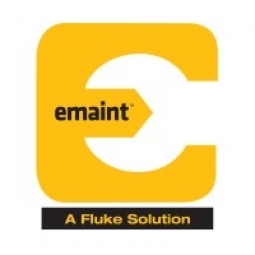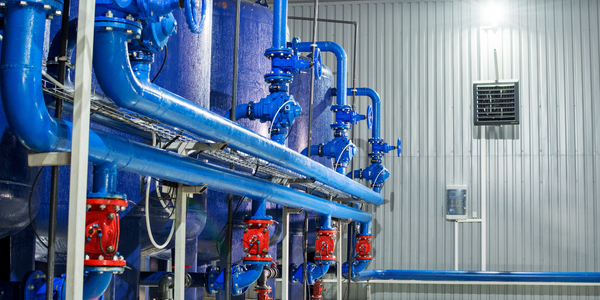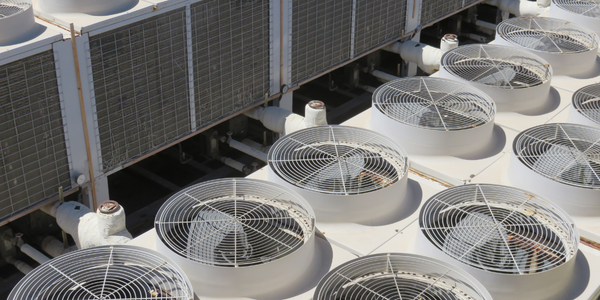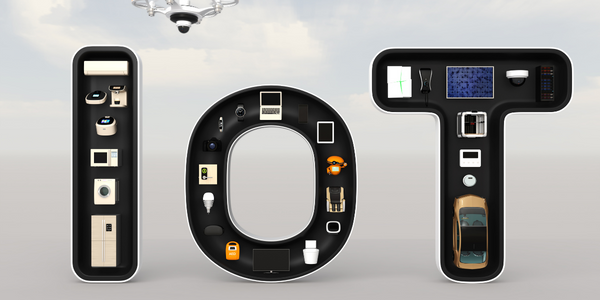Jack Daniel Cooperage's Transition to Predictive Maintenance with eMaint and Fluke Vibration Sensors

Technology Category
- Functional Applications - Computerized Maintenance Management Systems (CMMS)
- Sensors - Vibration Sensors
Applicable Industries
- Equipment & Machinery
- Food & Beverage
Applicable Functions
- Facility Management
- Maintenance
Use Cases
- Inventory Management
- Predictive Maintenance
Services
- System Integration
About The Customer
The Jack Daniel Cooperage, located in Trinity, Alabama, is a facility where barrels or casks are made. It is part of the Brown-Forman family of brands that produce and distribute spirits and wine worldwide. The cooperage creates barrels for Jack Daniel’s and other brands within Brown-Forman, producing thousands of barrels per week. The facility uses state-of-the-art technology to make its barrels, which are made of American white oak from local mills. The cooperage has an extensive dust collection system and requires a strong attention to detail and a firm commitment to asset management.
The Challenge
The Jack Daniel Cooperage, a facility that produces thousands of barrels per week for Jack Daniel’s and other brands within Brown-Forman, faced a significant challenge in maintaining its state-of-the-art barrel-making equipment. The maintenance and engineering manager, Martin Nelson, and his team of 18 technicians were tasked with ensuring the facility remained operational and met Jack Daniel’s exacting standards. The team used eMaint CMMS software and two types of vibration sensors from Fluke Reliability to monitor their equipment. However, they needed a more efficient way to generate work orders when their equipment exceeded temperature and vibration thresholds. The challenge was to improve their preventive maintenance and transition into predictive maintenance. The cooperage also had an extensive dust collection system that required meticulous attention to detail and a strong commitment to asset management.
The Solution
To address the challenge, the Jack Daniel Cooperage team connected condition monitoring sensors with their maintenance software. This allowed them to automatically generate work orders when their equipment exceeded temperature and vibration thresholds, thereby improving their preventive maintenance and transitioning into predictive maintenance. Every technician on the team used eMaint, relying heavily on its work order and inventory management features. They customized PMs to include pictures with captions explaining what needed to be done. The work order system in eMaint became a crucial tool for the cooperage, helping to plan and prioritize work. Nelson used several different categories of work orders, including RCCA (root cause and corrective action), safety work, corrective maintenance, TPM (total productive maintenance), and emergency maintenance. This helped the team ensure they had the resources they needed when and where they needed them.
Operational Impact

Case Study missing?
Start adding your own!
Register with your work email and create a new case study profile for your business.
Related Case Studies.

Case Study
Smart Water Filtration Systems
Before working with Ayla Networks, Ozner was already using cloud connectivity to identify and solve water-filtration system malfunctions as well as to monitor filter cartridges for replacements.But, in June 2015, Ozner executives talked with Ayla about how the company might further improve its water systems with IoT technology. They liked what they heard from Ayla, but the executives needed to be sure that Ayla’s Agile IoT Platform provided the security and reliability Ozner required.

Case Study
IoT enabled Fleet Management with MindSphere
In view of growing competition, Gämmerler had a strong need to remain competitive via process optimization, reliability and gentle handling of printed products, even at highest press speeds. In addition, a digitalization initiative also included developing a key differentiation via data-driven services offers.

Case Study
Predictive Maintenance for Industrial Chillers
For global leaders in the industrial chiller manufacturing, reliability of the entire production process is of the utmost importance. Chillers are refrigeration systems that produce ice water to provide cooling for a process or industrial application. One of those leaders sought a way to respond to asset performance issues, even before they occur. The intelligence to guarantee maximum reliability of cooling devices is embedded (pre-alarming). A pre-alarming phase means that the cooling device still works, but symptoms may appear, telling manufacturers that a failure is likely to occur in the near future. Chillers who are not internet connected at that moment, provide little insight in this pre-alarming phase.

Case Study
Premium Appliance Producer Innovates with Internet of Everything
Sub-Zero faced the largest product launch in the company’s history:It wanted to launch 60 new products as scheduled while simultaneously opening a new “greenfield” production facility, yet still adhering to stringent quality requirements and manage issues from new supply-chain partners. A the same time, it wanted to increase staff productivity time and collaboration while reducing travel and costs.

Case Study
The Kellogg Company
Kellogg keeps a close eye on its trade spend, analyzing large volumes of data and running complex simulations to predict which promotional activities will be the most effective. Kellogg needed to decrease the trade spend but its traditional relational database on premises could not keep up with the pace of demand.

Case Study
Integration of PLC with IoT for Bosch Rexroth
The application arises from the need to monitor and anticipate the problems of one or more machines managed by a PLC. These problems, often resulting from the accumulation over time of small discrepancies, require, when they occur, ex post technical operations maintenance.






